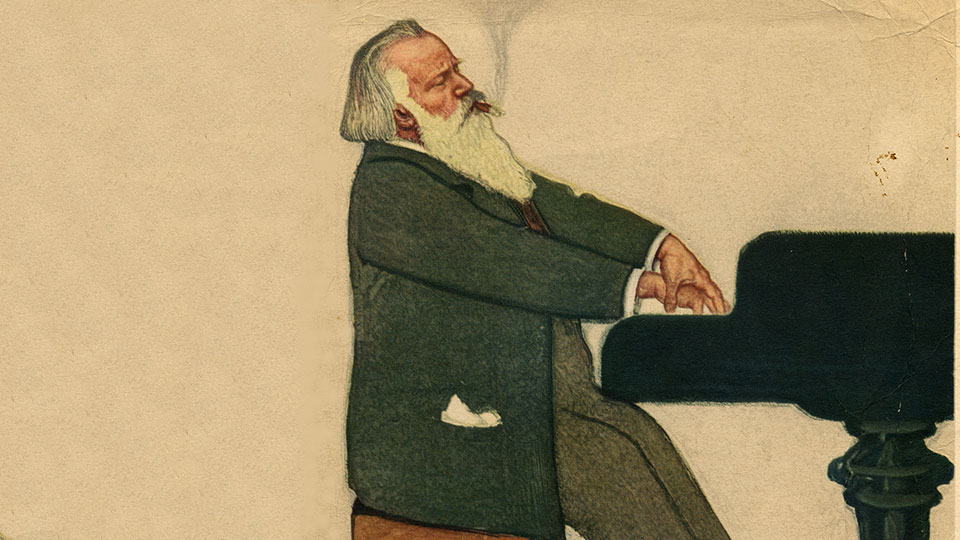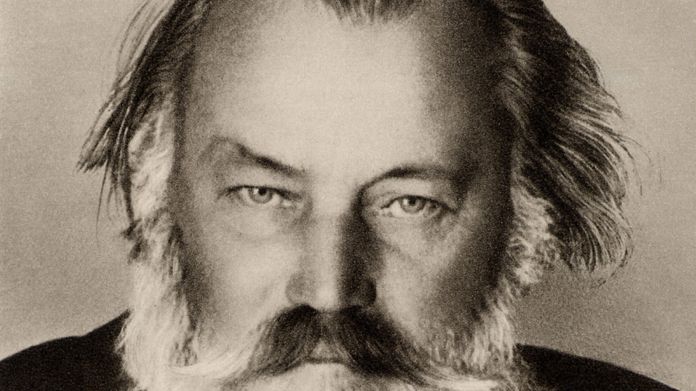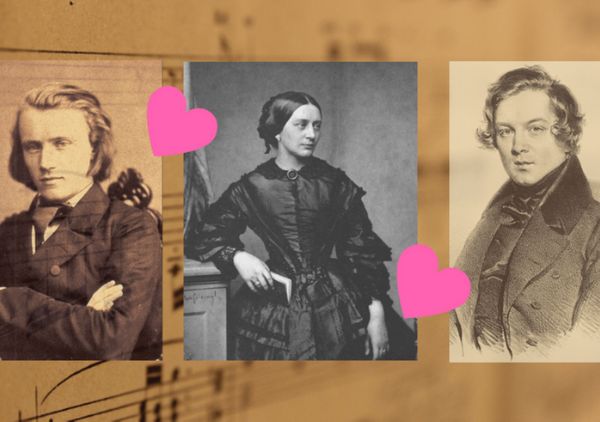
The Story Behind Brahms’s Hungarian Dance
Johannes Brahms, one of the most prominent figures in Romantic music, is celebrated for his emotionally rich compositions, among which the Hungarian Dances stand as[…]

Top 10 Brahms Songs
Johannes Brahms (1833–1897) stands as one of the towering figures in classical music, celebrated for his deep, complex compositions that marry technical mastery with profound[…]

Johannes Brahms – Biography and History
Johannes Brahms, one of the most significant composers of the Romantic era, was born on May 7, 1833, in Hamburg, Germany. His father, Johann Jakob[…]

Fascinating facts about Brahms
Johannes Brahms, one of the most celebrated composers in the history of classical music, was born on May 7, 1833, in Hamburg, Germany. He left[…]

Celebrating the Genius: The Top 10 Songs by Johannes Brahms
Johannes Brahms, a prominent figure in the Romantic era, left an indelible mark on classical music with his rich harmonies, heartfelt melodies, and profound emotional[…]

Discovering the Masterpieces: The 7 Best Songs by Composer Johannes Brahms
Johannes Brahms, one of the greatest composers of the Romantic era, left an indelible mark on the world of classical music. While he is widely[…]

Unveiling the Enigmatic Genius: Curiosities about Composer Johannes Brahms
Johannes Brahms, one of the most influential composers of the Romantic era, left an indelible mark on the world of classical music. His compositions exude[…]

Life and History of Brahms
Johannes Brahms was one of the most influential composers of the 19th century. He was born in Hamburg, Germany, on May 7, 1833, to a[…]

The Love Triangle Between Clara Schumann, Robert and Brahms
Clara Schumann, Robert Schumann, and Johannes Brahms are three of the most celebrated composers and pianists of the 19th century. Their musical talents and achievements[…]

7 Facts About Brahms You Didn’t Know
Johannes Brahms was one of the most influential composers of the Romantic era. He wrote symphonies, concertos, chamber music, piano works, choral compositions, and songs.[…]